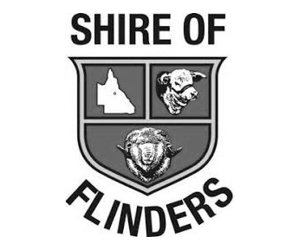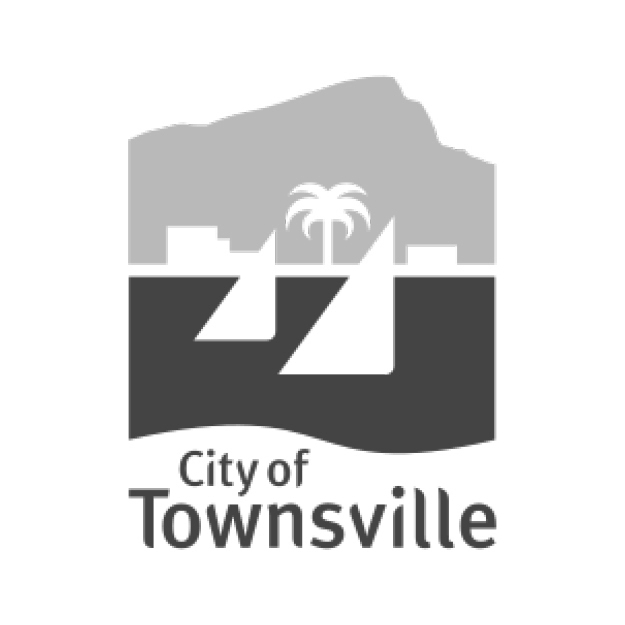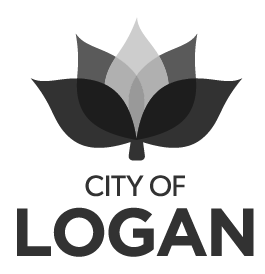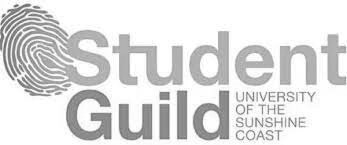Does your club ‘move’ and ‘second’ motions without knowing what it means? You’re not alone. Inspired by a question from a club volunteer, we discuss what makes a good motion and why it’s important.
Any significant items of business should be placed on the agenda as motions. Motions should be worded as decisions, not topics. Anyone who wants the meeting to decide something should put that desired decision on the agenda as a motion. The best way to think about how to write a motion is to simply ask yourself, “What do I want the meeting to ‘decide’?” When the agenda includes a clear proposed decision, it is much easier for everyone to stay on topic during the meeting. And if everyone has read the agenda and is prepared before the meeting, a quick decision can be made, and the club can confidently begin planning to implement that decision.
Motions should:
Commence with the word ‘that’
Be specific about the decision you want made
Not be in the first person
Contain only one sentence
Example of a bad motion:
BBQ
Example of a good motion:
That the club purchase a new BBQ up to the value of $700 from a preferred supplier, because our existing BBQ has reached the end of its useful life
When the appropriate time in the meeting arrives, the person who asked to put the motion on the agenda moves the motion. Moving the motion is the official way to introduce the motion to the meeting. The mover of the motion then speaks to the motion by explaining their reasons for wanting that decision made.
After the motion is moved, it is seconded by someone else. The purpose of seconding a motion is to confirm that there is enough support to warrant the meeting debating the motion. If there is no seconder for a motion, that is an indication that it is probably only one person’s idea, so the motion lapses. This can prevent a waste of time in lengthy discussions during meetings over motions that will eventually be lost anyway.
Once a motion has been moved and seconded, it is opened for further debate. Amendments to the motion may be debated until the meeting is satisfied with the wording of the motion and it can then be put to a vote. If more people vote Yes than No, the motion is carried, and it is then called a resolution. If there are more Nos, the motion is lost.
Learn more?
Listen to the Basket Case Clubs podcast, “Motions in Meetings: What are they, and why do we ‘second’ them?”, where Michael and Steve unpack what a motion is, and why your meetings should use them. Implementing the practical steps in this episode will guarantee that your meetings will become smoother and more efficient.
WANT TO Make YOUR meetings easier?
meetingTRAC is an online tool to help you run great meetings. Built into the system are templated agendas, with pre-written standard motion text. We’ve developed meetingTRAC to make it easy for clubs to prepare agendas, follow meeting procedures, write great minutes and easily follow up on action items. See more here: https://youtu.be/44RXUIOrcmw
Go to meetingtrac.com.au
Want more help?
Contact us to discuss how we can help you and your club run great meetings.




























